Director: Tommy Lee Wallace
Cast: Tom Atkins, Stacey Nelkin, Dan O’Herlihy, Michael Currie, Ralph Strait, Jadeen Barbor, Brad Schacter
Running Time: 98 min.
By Kelly Warner
“Happy, Happy Halloween! Silver Shamrock!”
The original vision of the Halloween series was not always going to be about Michael Myers, his issues with his sister, and his need to kill babysitters every October. But when 1978’s Halloween was a smash success, director John Carpenter was tasked with writing the script for the tie-in sequel. The sequel needed a twist and so Carpenter decided to make Laurie Strode (Jamie Lee Curtis) Michael’s sister. Though Carpenter thought it was bullshit, it nonetheless stuck, and helped cement the backbone of the Halloween series for fans. Instead of Michael vs. Laurie, Carpenter’s original vision for the Halloween brand would be to tell a different, unrelated scary story every Halloween. When Halloween III: Season of the Witch finally acted on that premise, those involved with the production were divided. Carpenter, producer Debra Hill, and writer-director Tommy Lee Wallace were all-in. Executive producer Irwin Yablans and people at Universal had some doubts. Yablans says the decision not to use Michael Myers for the film was “stupid.” And financially speaking, he was right. The film was not the success that the previous movies had been at the box office, and fans generally despised the movie as the black sheep of the series. But now, thirty years later, people are giving the movie another shot. For though it looks odd on the shelf in between Halloween II and Halloween 4: The Return of Michael Myers, the third film in the Halloween franchise is nonetheless a great horror film with a few interesting tricks ‘n treats for fans of the genre.
In addition to not featuring Michael Myers, series star Jamie Lee Curtis only plays a disembodied voice this time around and Donald Pleasence’s Dr. Loomis couldn’t be bothered to show up to rant about evil. Instead, Tom Atkins (The Fog) plays Dan Challis, a doctor who finds himself in the middle of a strange conspiracy when a crazy man shows up in his hospital clutching a Halloween mask and screaming about people out to kill him. After they get the man to settle down, a straight-faced goon appears in the man’s room, crushes his skull with his bare hands, and then burns himself alive in the parking lot. The incident leads Dr. Challis to ask questions that land him in a heap of trouble, as he traces the Halloween mask to Silver Shamrock, a toy company that’s spending a bundle this Halloween season on advertising for their must-have Halloween masks.
When Dr. Challis makes his way to Silver Shamrock, he finds a company town where everyone raves about the brilliant Mr. Cochran (Dan O’Herlihy, Robocop), the mysterious man who runs the toy company. There are surveillance cameras all over town, and a computer voice constantly reminds all that they must obey the curfews or face punishment. Challis digs deeper, uncovering corporate evils and supernatural evils alike.
The film owes more to Invasion of the Body Snatchers than slasher movies. You can easily imagine Tom Atkins’ Dr. Challis and Donald Sutherland’s Matthew Bennell going through the same internal conflicts as they detect bizarre changes in the world around them. There’s even a ‘pod people’ element to the film. The film also bears similarities to The Stuff and Soylent Green, sci-fi/horror films about corporate evils that willingly corrupt society for financial gain.
But it’s not at all like Carpenter’s Halloween, so fans weren’t happy. If Halloween III went by a different name and had no connection to the series, I imagine it would’ve been better received at the time. And I personally think that if Halloween III: Season of the Witch had been the first sequel, not only would Season of the Witch have been a success, it would’ve helped launch the anthology horror series as Carpenter and co. originally intended (but Halloween II with Michael stalking Laurie in a hospital is the best Myers-related sequel in the series, so…).
Written and directed by Tommy Lee Wallace (who, along with Nick Castle, had some part in playing Myers in the ’78 original), Halloween III is dark, high-concept horror at its finest. With threats both personal and apocalyptic in nature, the film feels ahead of its time. It even finds a way to play with the ancient purpose of Halloween in Celtic mythology. There’s a surprising amount of depth here for a movie about suspicious Halloween masks. And regular Carpenter cinematographer Dean Cundey gives it a creepy, cool visual quality.
Tom Atkins does a good job as the unlikely hero. Stacey Nelkin (Bullets Over Broadway) plays his gorgeous, and considerably younger, love interest. Her character reads a little flat to me, shifting from grief to flirtation in no time, but the actress performs admirably. Dan O’Herlihy is fantastic as Mr. Cochran, a man who’s all smiles and charm. O’Herlihy manages to display something sinister behind the smile with just the slightest twitch at the corners of his mouth. It’s one of the great underrated performances in horror cinema.
I can understand why fans were not kind to the film at the time. Most young viewers who discover the series on DVD are well aware of the film’s status as the standalone entry in the series when they go into it and, as a result, have a much better reaction to the film. Some movies are like that; it takes time or a new video format to reintroduce the movie to new fans who may appreciate it more. I’m one of those fans. When I was first introduced to the series, Halloween III was one of the last Halloween films I bothered to watch, because I knew about its negative reputation. Now, as a new owner of the Scream! Factory Blu-ray set of the series, Halloween III is the first disc I popped into my Blu-ray player.
If you dismissed the film before, I suggest you give it another look. It’s time to give the film its due. Because while it doesn’t exactly fit in with the rest of the bunch, Halloween III is without a doubt one of the best films in the nearly four decade old series.
Kelly Warner’s Rating: 8/10

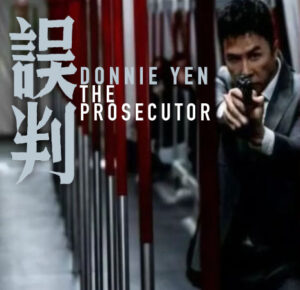
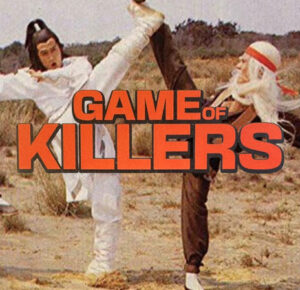
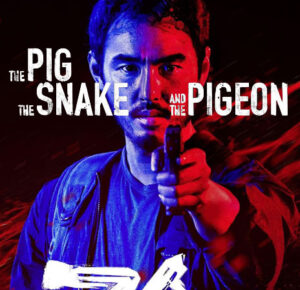

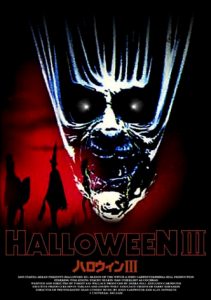

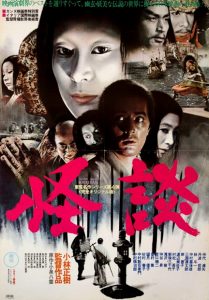
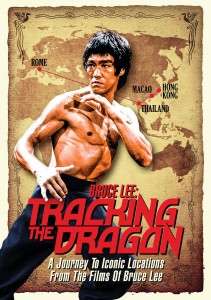

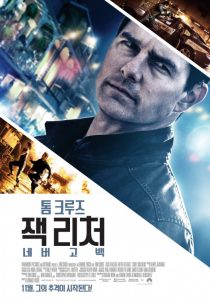
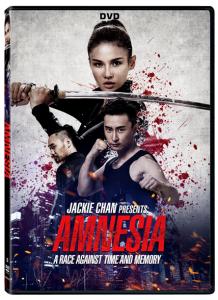
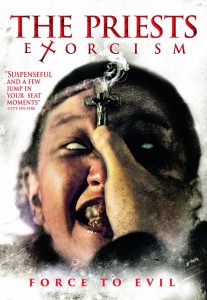
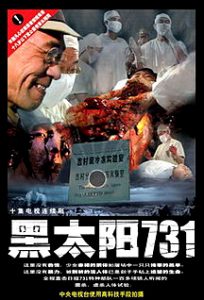
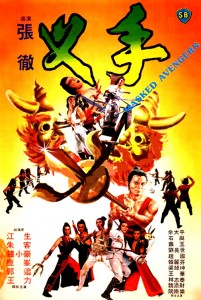
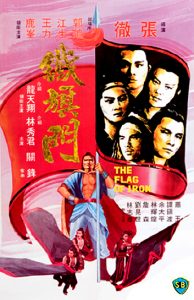
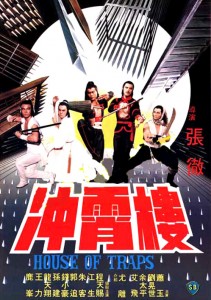
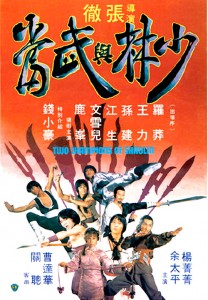



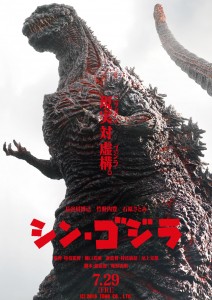
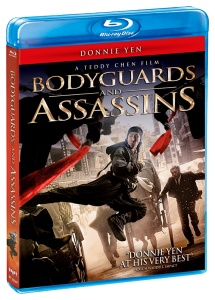

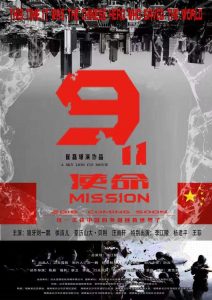


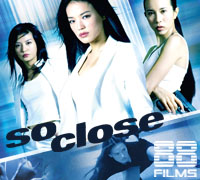
5 Comments